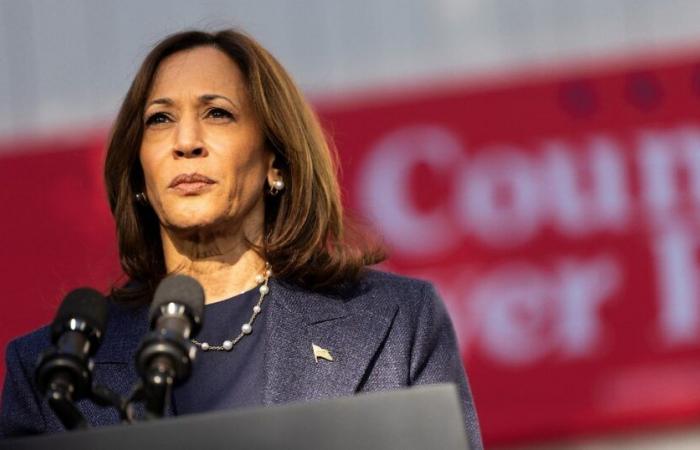At the end of September, the publication of a poll commissioned by NBC News and the Spanish-language channel Telemundo gave the Democratic leadership a cold sweat. Kamala Harris obtained 54% of the votes against 40% for her opponent Donald Trump, a lead of 14 points. Good news? Not really… Four years ago, Joe Biden's lead was more than 36 points. In the United States, the counting is not quite finished but already, the lessons of this poll have the appearance of prophecy: the Democratic candidate has achieved a poor performance within the Latino electorate.
Opinion surveys carried out after the polls and widely relayed by the main American news sites confirm this trend. Harris would have obtained 61% of the Latina women's vote (compared to 69% for Joe Biden in 2020) and only 44% of the Latino men's vote (15 points less than Biden in 2020). If these data are confirmed, it is a real rout for the Democratic candidate who has been courting this electorate for several months.
And this is not the only electoral segment in which the outgoing vice-president is in decline compared to 2020: she would do less well among young people aged 18 to 29 – much less well among first-time voters in particular. Even among women, she would have obtained only 54% of the votes compared to 57% for her predecessor in 2020.
Defense of abortion vs fight against inflation
The candidate still gained ground in certain less demographic and more “cultural” segments. In 2020, a quarter of voters said they were in favor of abortion in all cases compared to a third today. This growing portion of the electorate would have favored Kamala Harris by 88% while they had only chosen Joe Biden by 80%. Among voters less committed to this issue, who say they support abortion “in most cases”, the candidate would have garnered only 51% of the vote, 17 points less than the former president. Other issues such as the fight against inflation or immigration (on which Donald Trump is considered more credible by many Americans) may have taken precedence over abortion among the concerns of these voters.
The candidate would also gain some ground among qualified voters (57% against 55% in 2020) and in particular white women with diplomas (59% against 54% in 2020). Figures too low to beat Donald Trump. The former Republican president will return to the White House next January.






